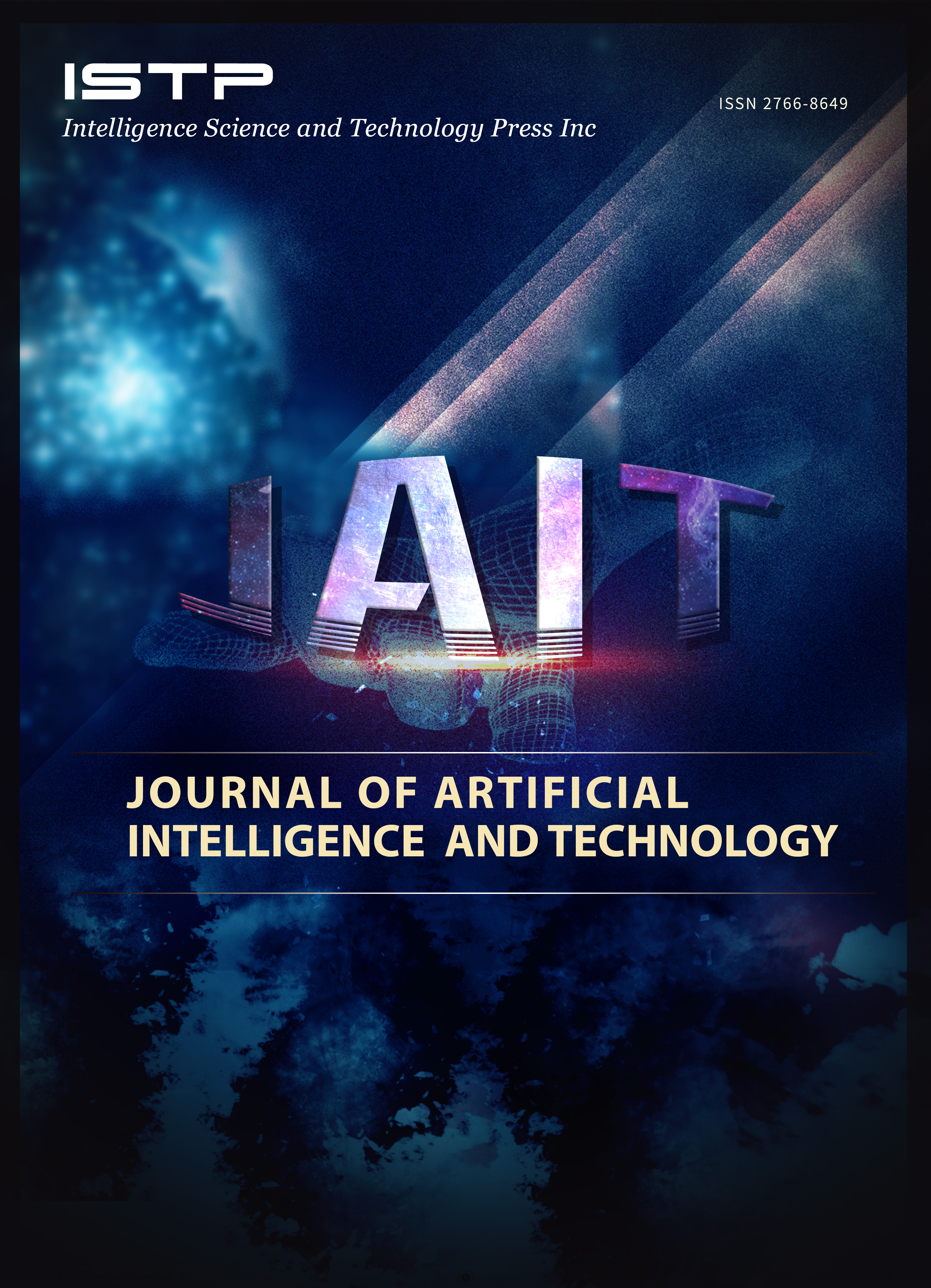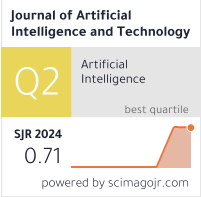Clustering and Mapping of Agricultural Production Based on Geographic Information System Using K-Medoids Algorithm
DOI:
https://doi.org/10.37965/jait.2025.633Keywords:
agricultural production, clustering and mapping, geographic information system, K-Medoids algorithmAbstract
North Aceh is a district in Aceh Province, Indonesia, with significant potential in agriculture and plantations. Agricultural products, particularly food crops and horticulture, serve as leading commodities, as most of the region is a major producer of agricultural goods. This study identifies the absence of a mapping and clustering system for agricultural production in North Aceh, which complicates the classification of production levels into low, medium, and high categories. To address this issue, this research develops a mapping and clustering system for agricultural production using the K-Medoids algorithm. The system categorizes production into high-production clusters (C1), medium-production clusters (C2), and low-production clusters (C3). The research process includes a literature review, data collection, data analysis, implementation of the K-Medoids algorithm, and geographic information system (GIS)-based mapping. Using 25 test data points from 27 sub-districts in 2023, the study identifies high-production clusters (C1) for commodities such as rice, soybean, mango, starfruit, guava, water guava, Siamese oranges, large oranges, mangosteen, pineapple, mustard greens, soursop, breadfruit, gnetum, twisted cluster bean, and duku. Medium-production clusters (C2) include corn, durian, papaya, banana, rambutan, jackfruit, and jengkol, while low-production clusters (C3) include avocado and snake fruit. These results are visualized through a GIS-based map. The study demonstrates that the K-Medoids algorithm effectively clusters agricultural production in North Aceh, providing valuable insights for local governments and stakeholders to support decision-making in agricultural planning and management for food security.
Published
How to Cite
Issue
Section
License
Copyright (c) 2025 Authors

This work is licensed under a Creative Commons Attribution 4.0 International License.





